45 how to read sugar labels on food
Reading Food Labels | ADA - American Diabetes Association Put food labels to work. The Nutrition Facts labels on foods are really the key to making the best choices. We'll cover the basics so that these labels make shopping easier for you. You've heard it all. From carb-free to low-carb, to whole and empty carbs, it's hard to know what it all means. Blood sugar highs and lows aren't always ... Sugars on food labels - Sugar Nutrition Resource Centre Sugars and the Nutrition Information Panel The Nutrient Information Panel on the back of the pack, shows detailed information on the average amount of energy, protein, fat, saturated fat, carbohydrate, sugars and sodium (a component of salt) in the food, as well as any other claim that requires nutrition information.
13 Misleading Food Label Claims and How Not to Be Tricked - Sentient Media 1. Label Says "Sugar-Free". The Food and Drug Administration (FDA) provides guidelines for a variety of common food labels, including sugar-free. While the term suggests that products labeled this way would be completely free of sugar, they can actually contain up to 0.5 grams of sugar in a single serving size.
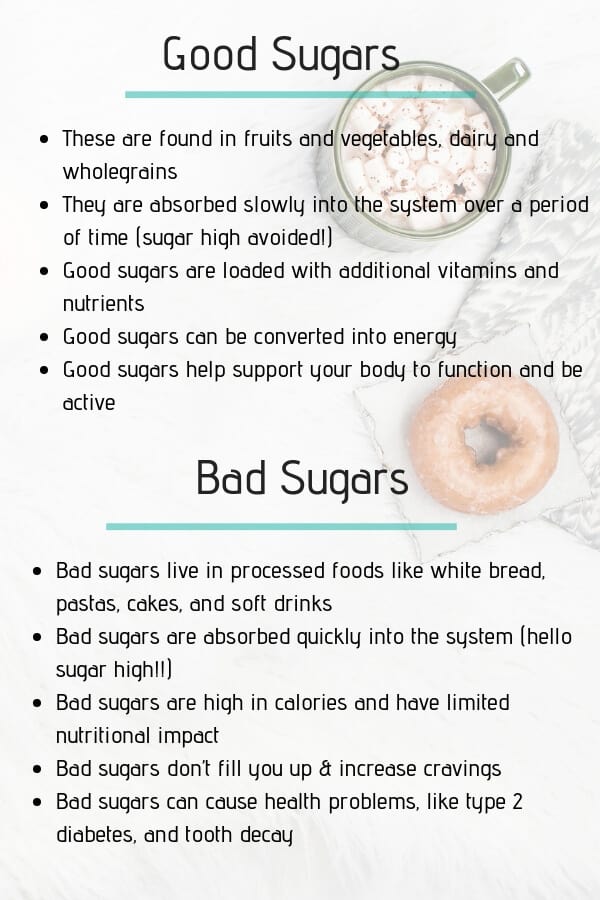
How to read sugar labels on food
How to Spot Hidden Sugar on Food Labels! - Dr. Michelle Pfeffer Start by looking at the carbohydrate count on the nutrition label. Under carbohydrates you will see a total carbohydrate measurement and then a breakdown to sugars and fiber. If the sugar number is most of the carbohydrate number then there is more than a lot of sugar in that food item. Now, look at the ingredient list. How to Read Food Labels and Understand Sugar Content - yum. Gluten Free There may be further categories and/or subset of these categories, for example, 'sugars' is a subset of 'carbohydrates'. The amount shown for each of the nutrients is listed 'Per Serve' and 'Per 100 g' (or ml, for a liquid food). The question is, should you look at the 'Per Serve' or 'Per 100 g' column in the NIP? Understanding Food Labels | The Nutrition Source | Harvard T.H. The FDA has approved 12 health claims on food labels such as the relationship between calcium and osteoporosis; sodium and hypertension; fiber-containing grains, fruits and vegetables and cancer; and folic acid and neural tube defects. However, just because a food contains a specific nutrient that is associated with a decreased risk of disease does not necessarily make the food …
How to read sugar labels on food. How To Spot Sugar On Food Labels | HUNGRY FOR CHANGE Sugar Consumption Stats. The average American consumes at least 64 pounds of sugar per year, and the average teenage boy at least 109 pounds. Per capita consumption of added sugars has risen by 28 percent since 1983. Americans consume 22 teaspoons of added sugars a day, teens 34 teaspoons. How to Understand and Use the Nutrition Facts Label | FDA - U.S. Food … manufacturers are encouraged, but not required, to use the "†" symbol immediately following the added sugars percent daily value on single-ingredient sugars, which would lead to a footnote... How To Read Food labels for Sugar | My Sugar Free Kitchen On the label check the sugars in the nutrition panel. 5g/ml or less of sugar per 100g/ml = this would count as low sugar content. It means 5% of the ingredients are sugar Between 5g/ml and 20g/ml of sugar per 100 grams = medium sugar content. With 20ml of sugar per 100 ml, this means the product is 20% sugar…not so good. How to Read Misleading Food Labels - Athletic Healthcare Leaving aside the quality of the fat, a "fat-free" designation doesn't mean that a product actually has zero fat, just that it has a smaller amount: 500 mg per serving. "Low fat" means a product has no more than 3 grams per serving; "reduced fat" means a food has at least 25 percent less fat than its regular counterpart.
Types of Sugar: 56 Common Ones You Should Know - Healthline Jun 26, 2020 · The Food and Drug Administration (FDA) now requires that the amount of added sugar that a food or beverage contains is listed on the nutrition facts label. The label must also list the percent ... How To Read Food and Beverage Labels - National Institute on Aging Be on the lookout for terms that indicate added sugar, such as brown sugar, corn sweetener, corn syrup, dextrose, fructose, and high-fructose corn syrup. Artificial sweeteners such as sucralose, saccharin, aspartame, and acesulfame should also be consumed in moderation. Light, low-calorie, organic labeling — what do these mean? Understanding food labels | Diabetes UK The labels show how many calories are in the food or drink and are also colour coded to show whether the food is low (green), medium (amber) or high (red) in fat, saturated fat, sugar and salt. The information on the front of the pack also tells you how the portion of the food contributes to the Reference Intake (RI) of an adult. How to Read Food Labels for Healthy Eating - Immuno Labs Sodium: 20 mg. Total Carbohydrates: 19g (8% of your daily value) Dietary Fiber: 0g. Total Sugars: 11g (18% of the daily value) Includes 9g Added Sugars. Protein 1g. Vitamin A 230mcg. Vitamin C 23mcg. Vitamin E 3.8 mcg.
5 ways to spot added sugars on food labels Raw sugar. 2. Look for the word "includes". Recently, the Food and Drug Administration mandated that manufacturers must list added sugars in grams and as a percentage of the Daily Value. Now food labels have the word "includes" before added sugars to indicate that added sugars are included in the number of grams of total sugars in the ... Understanding food labels - Action on Sugar Step 1 - Calculate amount of sugars per gram by dividing the amount of sugars per 100g OR 100ml by 100. Step 2 - Check the weight of a recommended portion as stated on the pack. Step 3 - Work out the amount of there is per portion by multiplying the figures from step 1 and 2. Learning To Read Labels :: Diabetes Education Online When you read food labels, the grams of sugar are already included in the total carbohydrate amount, so you do not need to count this sugar amount separately. The grams of sugar listed include both natural sugars, from fruit or milk, and added sugars. On a nutrition food label, the total carbohydrate includes the sugar. Some Nutrition Facts labels may also list sugar alcohols … How to Read a Label - Natural Sugar versus Added Sugar Food labels lump together all forms of sugar under Carbohydrates. There are two forms of sugar in the food we eat. There is *natural sugar* in fruits and even vegetables called fructose and in dairy products called lactose - then there are ADDED sugars - white, brown or powdered sugar as well as high fructose corn syrup, maple syrup or honey in ...
Added Sugar - The Nutrition Source The average American adult, teenager, and child consumes about 17 teaspoons of added sugar a day, or about 270 calories. [1] While we sometimes add sugar or sweeteners like honey to food or beverages, most added sugar comes from processed and prepared foods.. The leading sources of added sugars in the U.S. diet are sugar-sweetened beverages, desserts, and sweet snacks …
How to Read Food Labels Without Being Tricked - Healthline This label usually means that the fat has been reduced at the cost of adding more sugar. Be very careful and read the ingredients list. Low-carb. Recently, low-carb diets have been linked to...
Amazon.com: Airtight Food Storage Containers with Lids - 40 PC … Apr 02, 2021 · Large Tall Airtight Food Storage Containers, VERONES 10 PACK Plastic Airtight Kitchen & Pantry Organization, Ideal for Flour & Sugar - BPA-Free Plastic Canisters with Labels $42.99 ($4.30/Count) In Stock.
PDF How to Read the Food Label - University of California, Santa Cruz Sugar is listed separately and is included in the . total grams of carbs. It includes both naturally occurring sugar (like in fruit) and added sugar in syrups and processed food and drinks. Limit added sugars. Protein. Protein is in both plant and animal foods, such as beans, nuts, fish, poultry, meat, eggs, and dairy products.
Food Labels | CDC - Centers for Disease Control and Prevention 23.04.2021 · Food Labels. Español (Spanish) Related Pages. Understanding the Nutrition Facts label on food items can help you make healthier choices. The label breaks down the amount of calories, carbs, fat, fiber, protein, and vitamins per serving of the food, making it easier to compare the nutrition of similar products. Be sure to look at different brands of the same …
How to Read Nutrition Labels When You Have Diabetes - WebMD Getting Past the Guilt of Type 2. See how one patient learned to manage her weight and diet.
how to understand food labels - Eat For Health If comparing nutrients in similar food products use the per 100g column. If calculating how much of a nutrient, or how many kilojoules you will actually eat, use the per serve column. But check whether your portion size is the same as the serve size. Energy Check how many kJ per serve to decide how much is a serve of a ‘discretionary’ food, which has 600kJ per serve. Sugars …
Understanding sugar content on food labels - Diabetes Care Community Reading the ingredient lists and nutrition facts tables on packaged foods is a helpful way for you to check what kind, and how much, sugar a product has. Finding sugar content in the ingredients list The ingredients are listed in order of weight, beginning with the ingredient that weighs the most and ending with the ingredient that weighs the ...
Amazon.com: Large Tall Food Storage Containers 5.2L / 195oz, … 26.01.2021 · This item Large Tall Food Storage Containers 5.2L / 195oz, PRAKI 4 Pieces BPA Free Plastic Airtight Food Storage Containers for Flour, Sugar, Baking Supplies,with 20 Labels & Maker(Black) Amazon Basics 5-Piece Round Airtight Food Storage Containers for Kitchen Pantry Organization, BPA Free Plastic
Added Sugars on the New Nutrition Facts Label | FDA - U.S. Food and ... Labels for foods and beverages with added sugars will list the number of grams and the percent Daily Value (%DV) for added sugars within the Nutrition Facts label. Having the word "includes" before...
How to Read Nutrition Labels for Sugar - hekagoodfoods Where to Find the Nutrition Label You'll usually find the nutrition facts label on the side or back panel of a packaged food. Just under the "Nutrition Facts" header, you'll see a breakdown of serving size and calories per serving. We advise you to not make the mistake of ignoring the serving size.
A Real Person's Guide To Reading Nutrition Labels As a general rule of thumb, if you see ingredients that you cannot pronounce, the food is most likely processed or ultra-processed. The packaged food items are harmful to your health, but healthier foods also have nutrition labels. This guide aims to help you read your way to a healthier lifestyle. But first, here are a few nutrition terms to ...
How to read food labels | healthdirect Sugar: Sugar is a type of carbohydrate. It is better to choose healthier carbohydrates and to limit foods that are high in added sugars. Fibre: High fibre foods such as wholegrain bread and cereals improve digestion and help you to feel full. Sodium: This tells you how much salt the product contains. Eating too much salt is linked to high blood pressure and can lead to heart disease, stroke ...
Food labels - NHS Colour-coded nutritional information tells you at a glance if the food has high, medium or low amounts of fat, saturated fat, sugars and salt: red means high amber means medium green means low In short, the more green on the label, the healthier the choice.
Reading food labels: Tips if you have diabetes - Mayo Clinic Look for foods with 3 or more grams of fiber. Put sugar-free products in their place Sugar-free doesn't mean carbohydrate-free. Sugar-free foods may play a role in your diabetes diet, but remember that it's equally important to consider carbohydrates as well. A sugar-free label means that one serving has less than 0.5 grams of sugar.
Sugar Alcohols on Nutrition Labels - ReciPal The sugar alcohol field is towards the bottom after the optional vitamins. The sugar alcohol field is at the bottom of the ingredient form. If you know you have ingredients with sugar alcohols in them, take some time to update them. When You Need to Show Sugar Alcohol For U.S. (FDA) labels, showing sugar alcohol is normally voluntary.
Understanding Food Labels | The Nutrition Source | Harvard T.H. The FDA has approved 12 health claims on food labels such as the relationship between calcium and osteoporosis; sodium and hypertension; fiber-containing grains, fruits and vegetables and cancer; and folic acid and neural tube defects. However, just because a food contains a specific nutrient that is associated with a decreased risk of disease does not necessarily make the food …
How to Read Food Labels and Understand Sugar Content - yum. Gluten Free There may be further categories and/or subset of these categories, for example, 'sugars' is a subset of 'carbohydrates'. The amount shown for each of the nutrients is listed 'Per Serve' and 'Per 100 g' (or ml, for a liquid food). The question is, should you look at the 'Per Serve' or 'Per 100 g' column in the NIP?
How to Spot Hidden Sugar on Food Labels! - Dr. Michelle Pfeffer Start by looking at the carbohydrate count on the nutrition label. Under carbohydrates you will see a total carbohydrate measurement and then a breakdown to sugars and fiber. If the sugar number is most of the carbohydrate number then there is more than a lot of sugar in that food item. Now, look at the ingredient list.


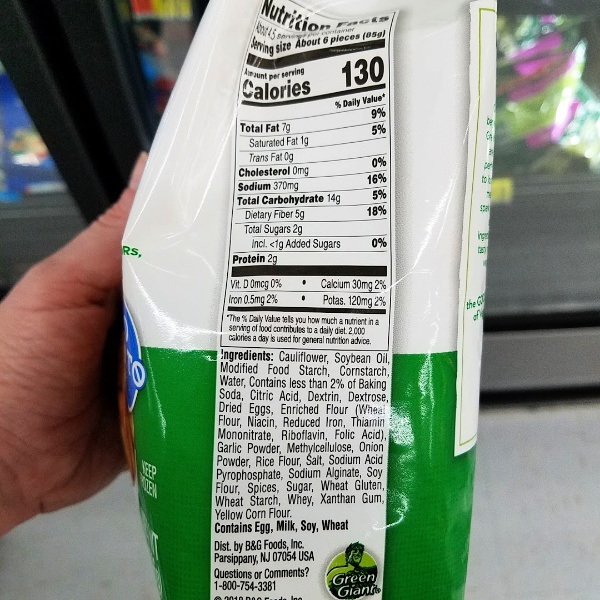

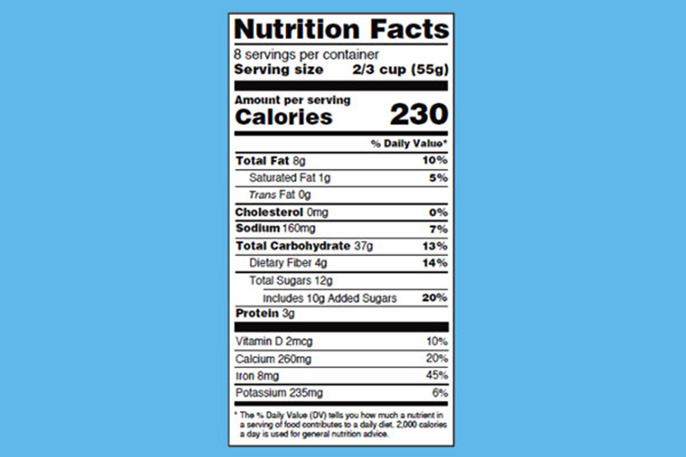
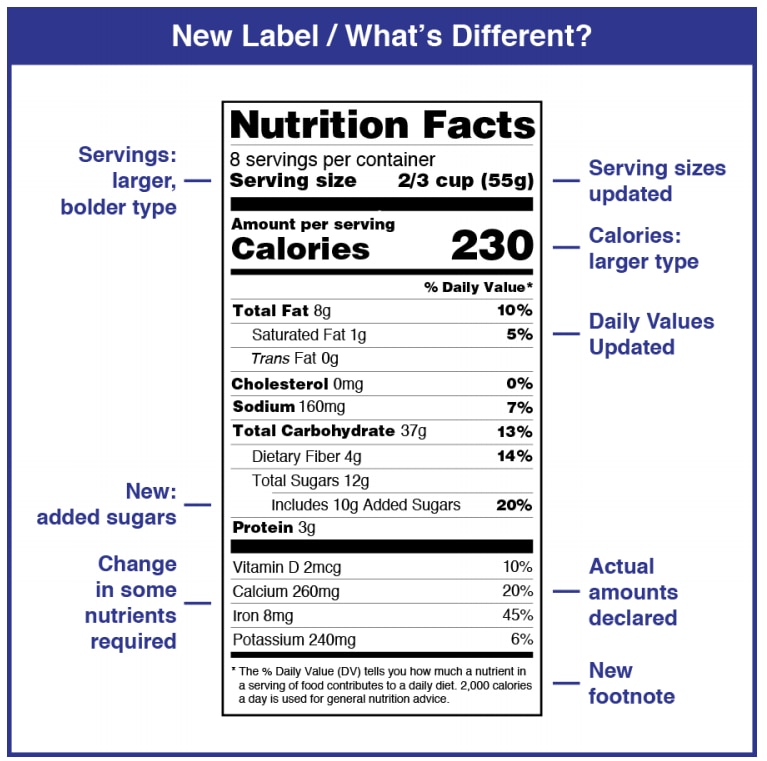
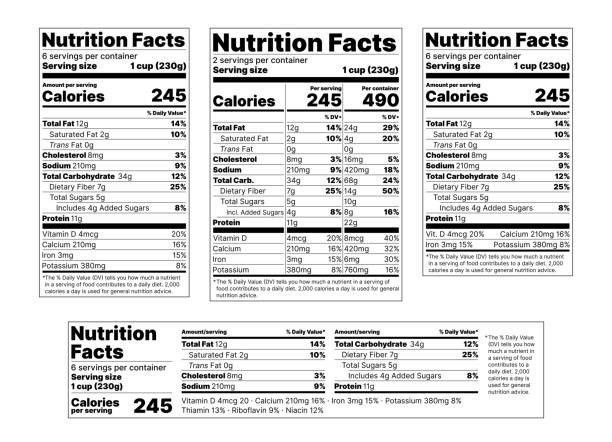

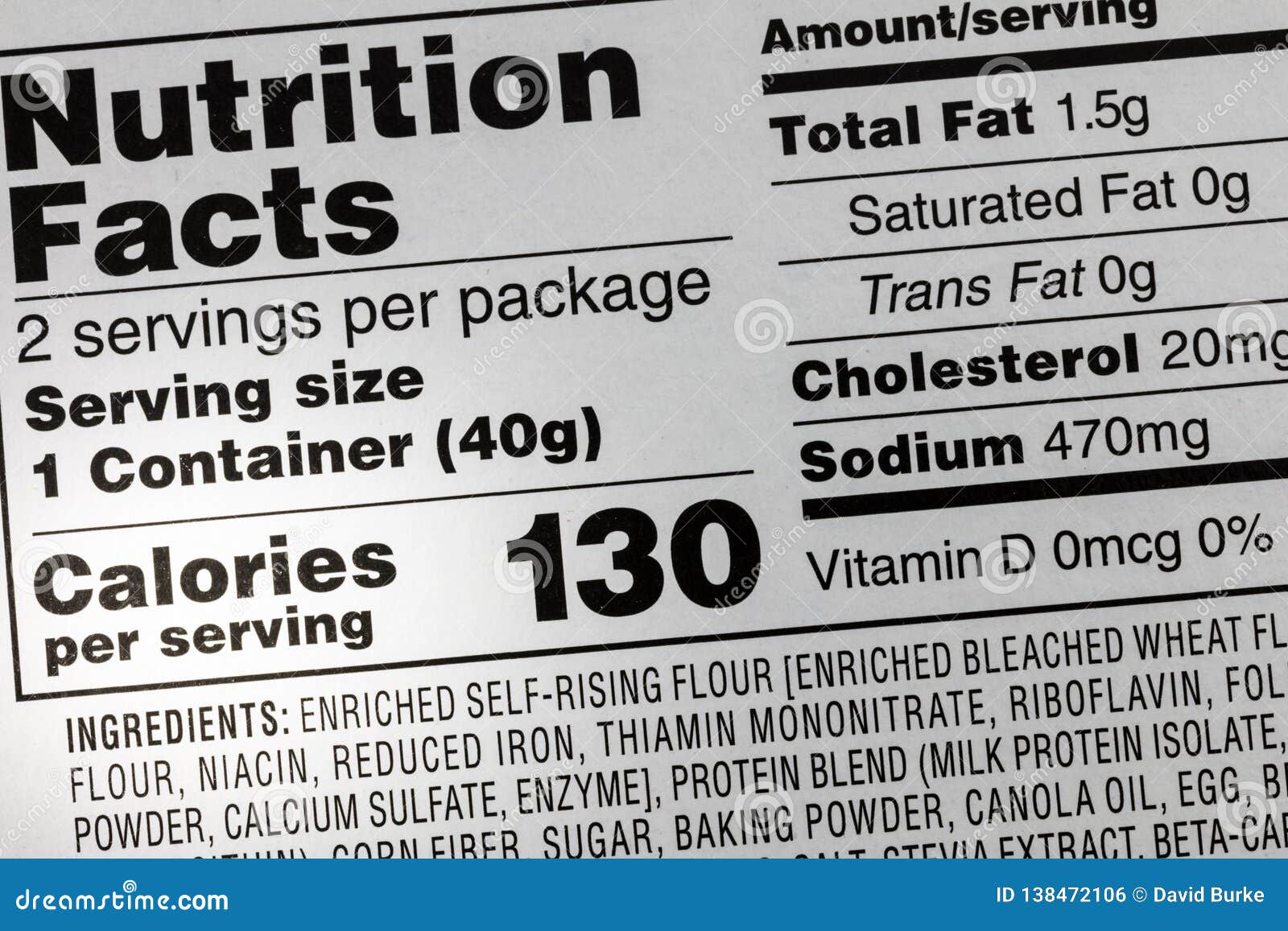
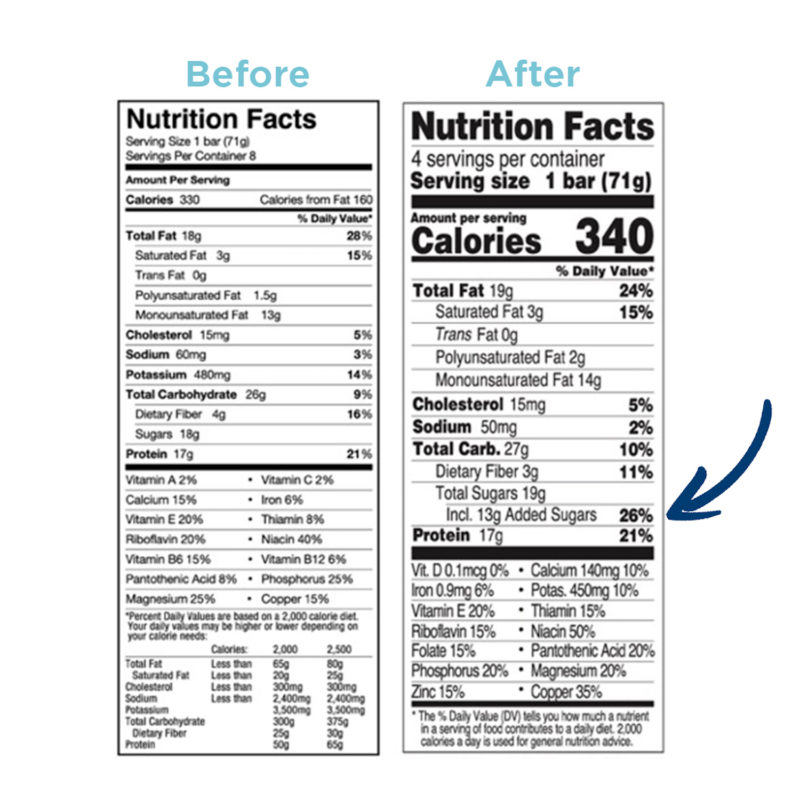
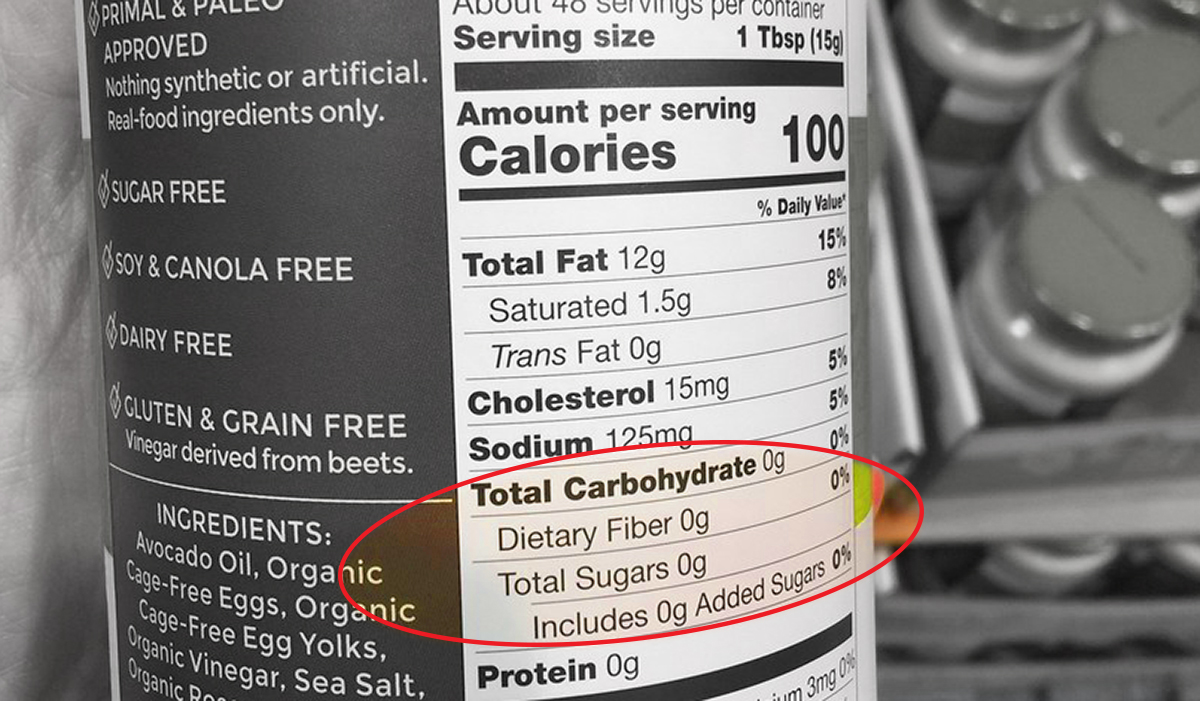

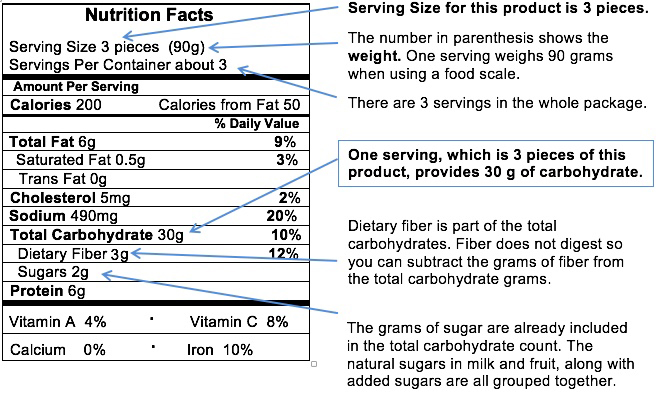



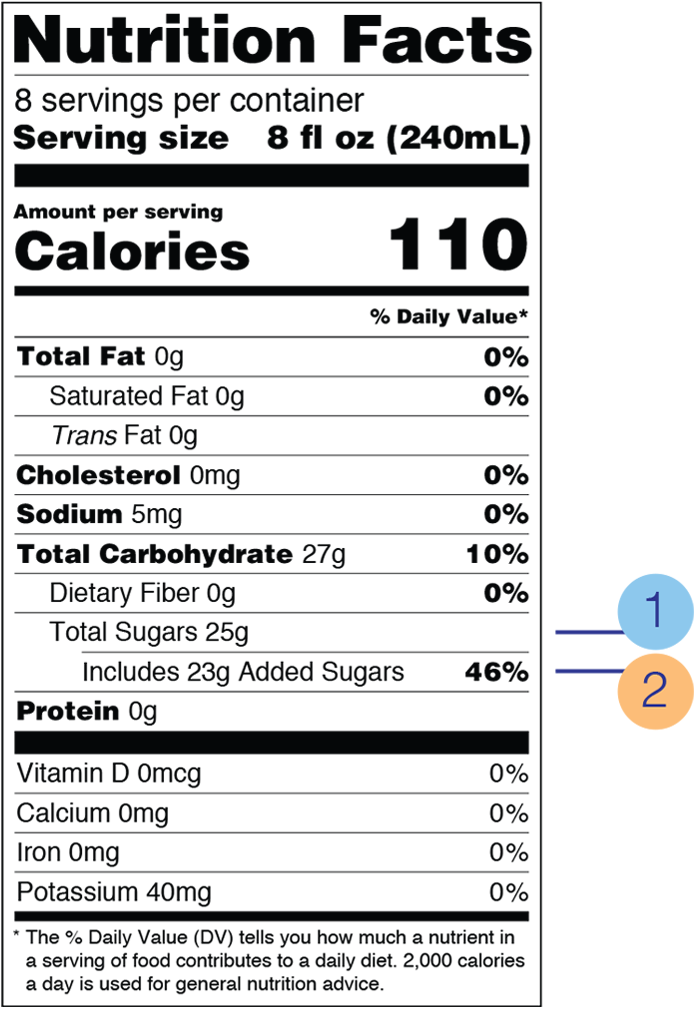
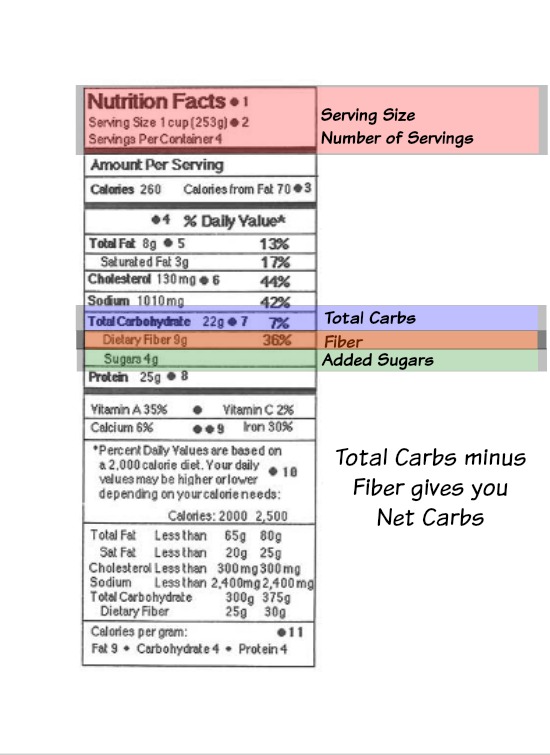



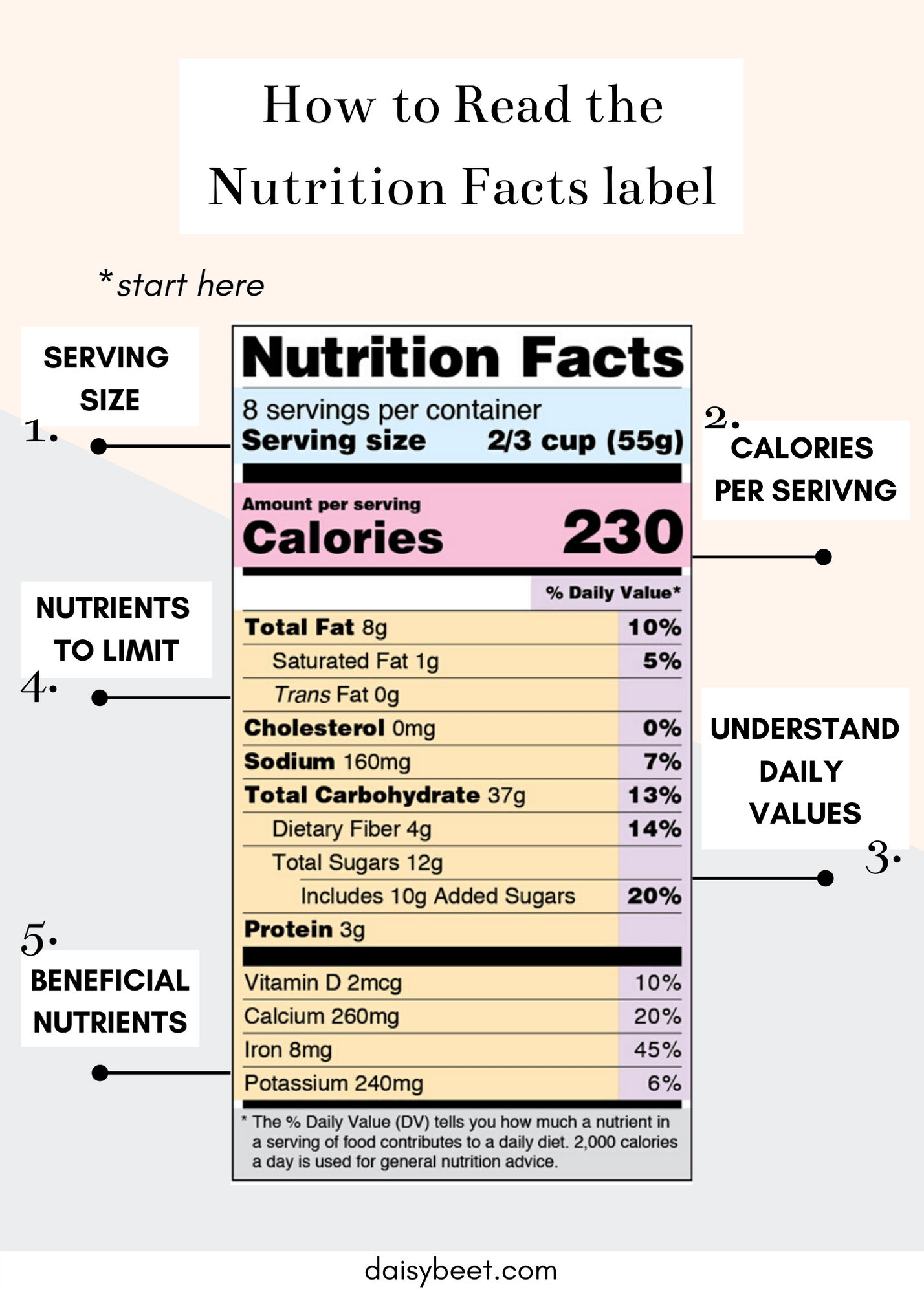
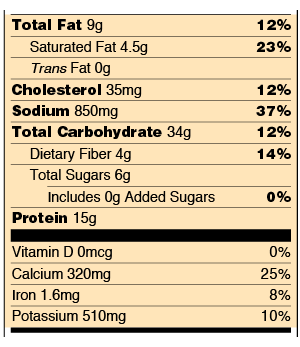


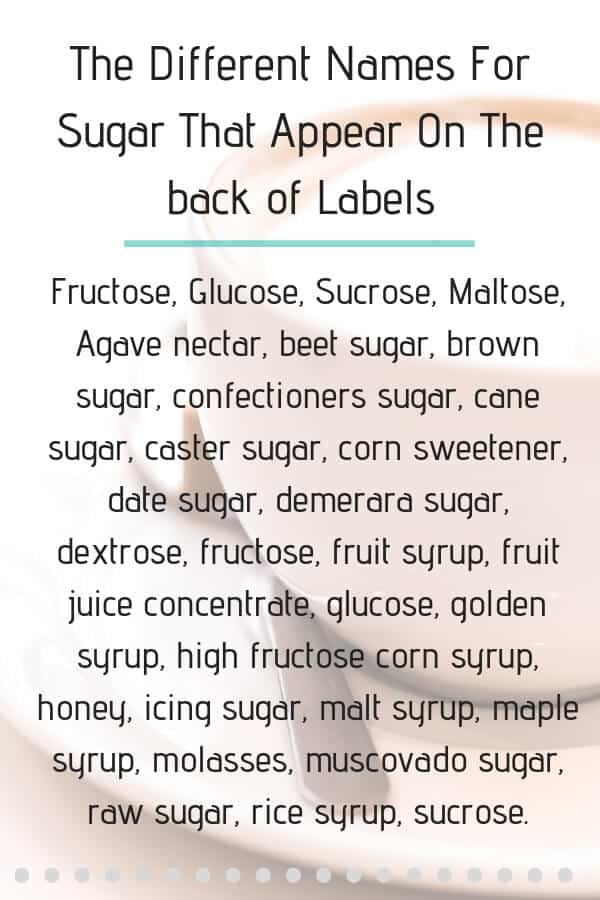

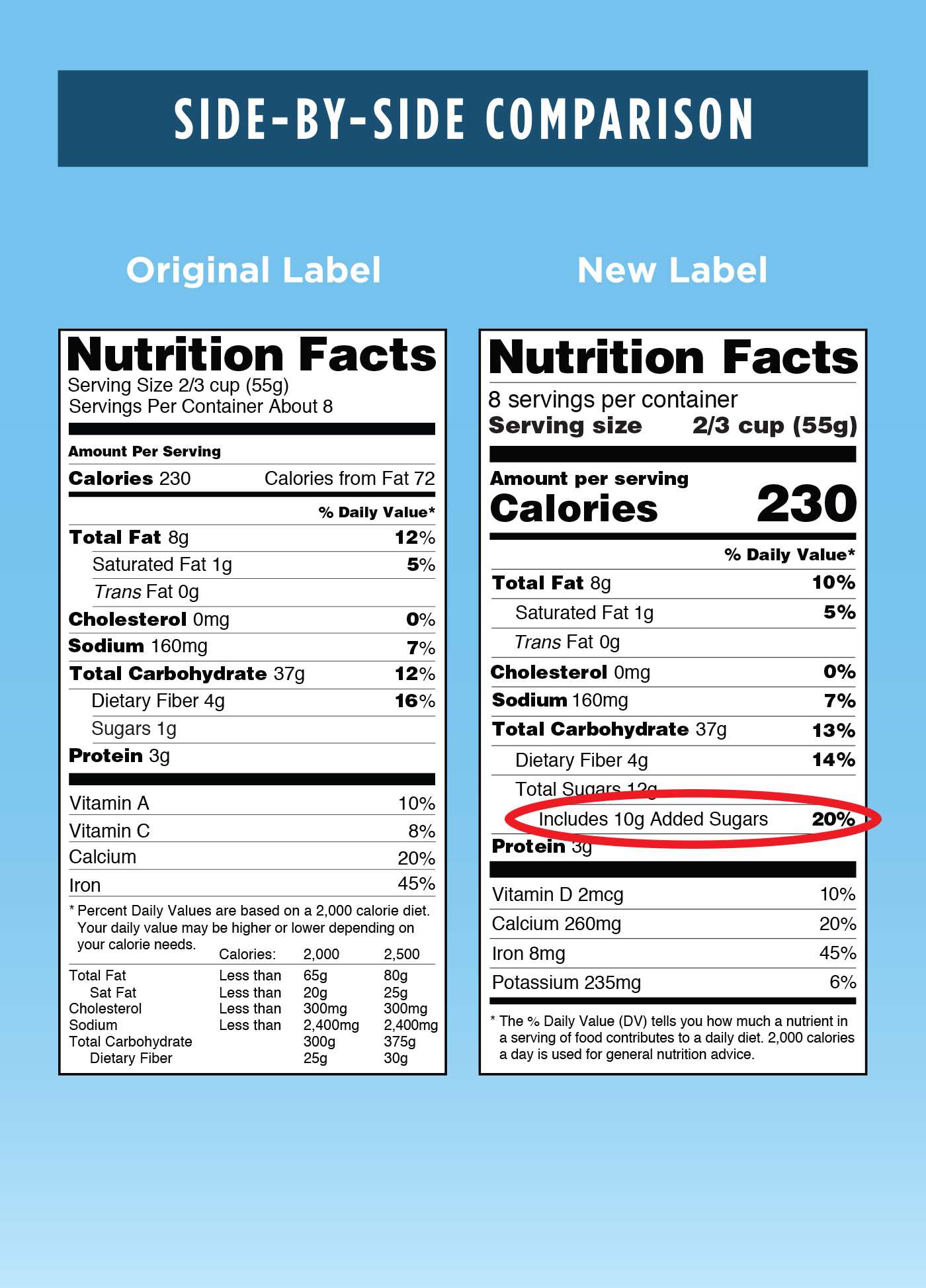


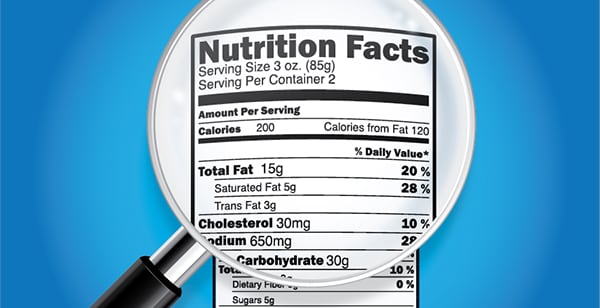





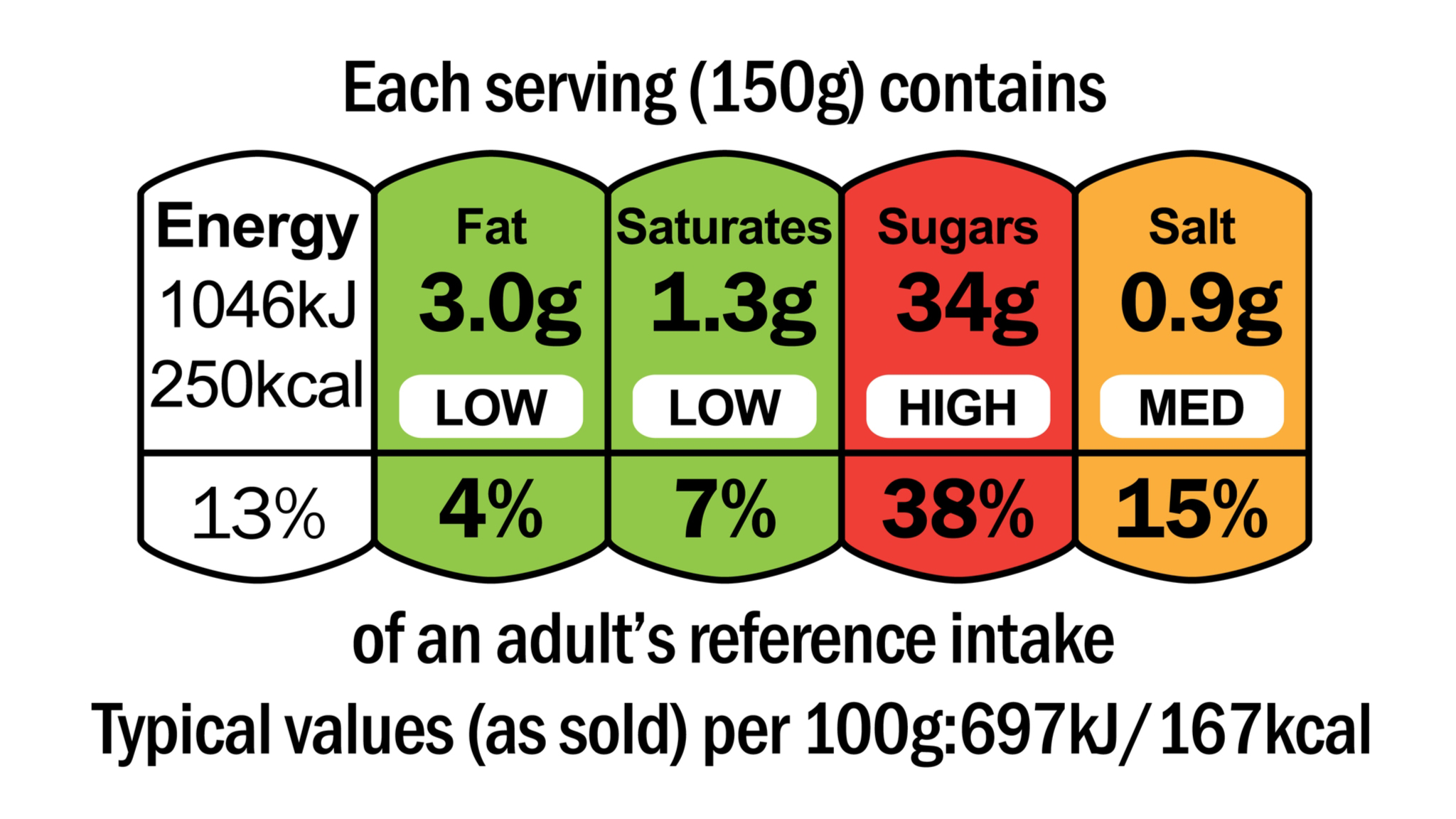

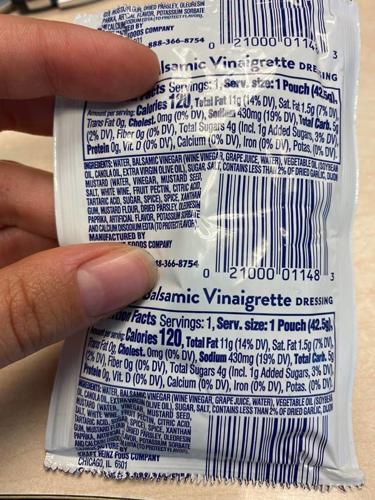
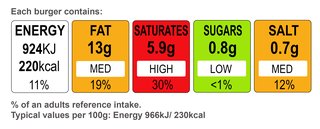
Post a Comment for "45 how to read sugar labels on food"